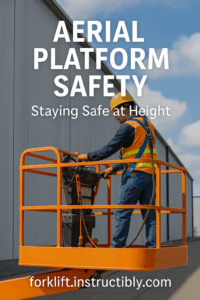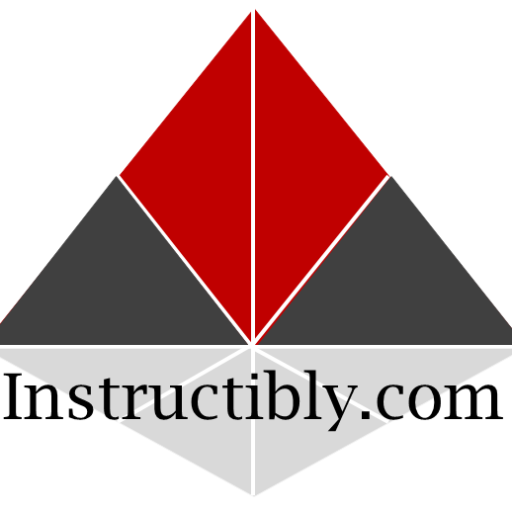Jobsites aren’t always at ground level. Whether you’re on a construction site, maintaining utilities, or handling overhead repairs, aerial work platforms (AWPs) such as boom lifts, scissor lifts, ladder trucks, or vertical towers are essential tools. But with great height comes great responsibility—and risk.
If you or your team work with aerial platforms, prioritizing safety isn’t just smart—it’s non-negotiable.
Why Aerial Safety Training Matters
Working at elevation presents specific dangers, including the risk of falling or dropping tools onto workers below. That’s why training is your first line of defense. It’s essential to:
- Get trained on every model of lift you’ll operate.
- Understand site-specific operating procedures.
- Learn to tether tools and ensure workers below wear hard hats.
Need reliable training resources? Visit forklift.instructibly.com for expert-led aerial and forklift safety courses.
Inspect, Maintain, and Respect the Equipment
Formal inspections and preventative maintenance should be performed regularly—based on the usage frequency and work environment. Before maintenance:
- Lower the platform completely.
- Turn off all controls and apply brakes or chocks.
- Lock out power sources and release hydraulic pressure.
Never modify your lift without the manufacturer’s written consent. Even seemingly small changes can compromise structural integrity and safety.
Before every use, perform a pre-operation check:
- Test emergency lowering mechanisms.
- Look for wear and tear or fluid leaks.
- Confirm that all controls are functioning properly.
If anything is off, tag the machine out of service until it’s repaired.
Working Smart: Set Up and Operate Safely
Before beginning work:
- Ensure the platform fits the task.
- Check that your load is within weight limits and evenly distributed.
- Use stabilizers and outriggers as required.
- Scan the area for obstacles, electrical lines, and unstable surfaces.
Avoid using platforms outdoors during poor weather or high winds, and never use them as makeshift cranes or stabilize them against another structure.
Protect Yourself: Fall Protection and Best Practices
Safety gear saves lives. Before operating an aerial lift:
- Wear proper fall protection, such as a harness and fall limiter.
- Ensure guardrails and access gates are secured.
- Always keep both feet on the platform floor.
- Don’t climb guardrails, stack materials, or use ladders for extra height.
When moving the lift, proceed slowly and watch for overhead and ground-level hazards.
Safety isn’t a suggestion—it’s your best tool on the job.
For comprehensive training and certification, visit forklift.instructibly.com and empower your crew to work smarter and safer.
